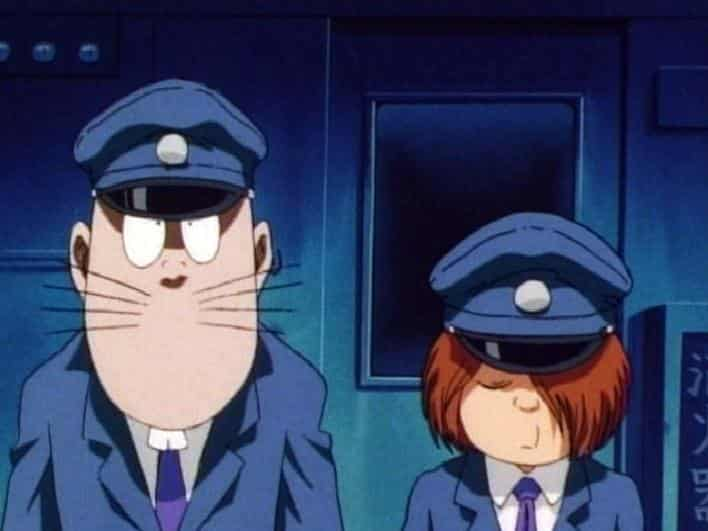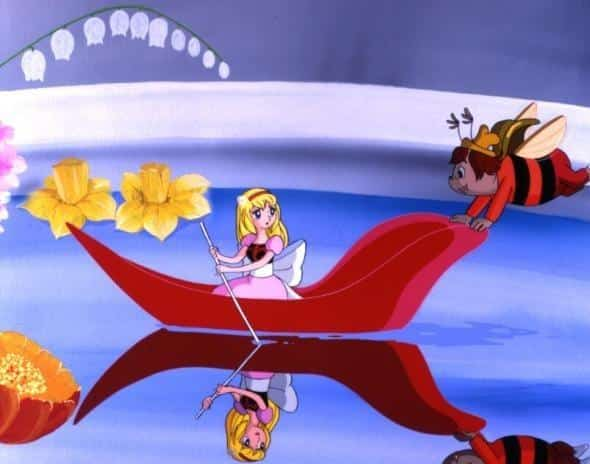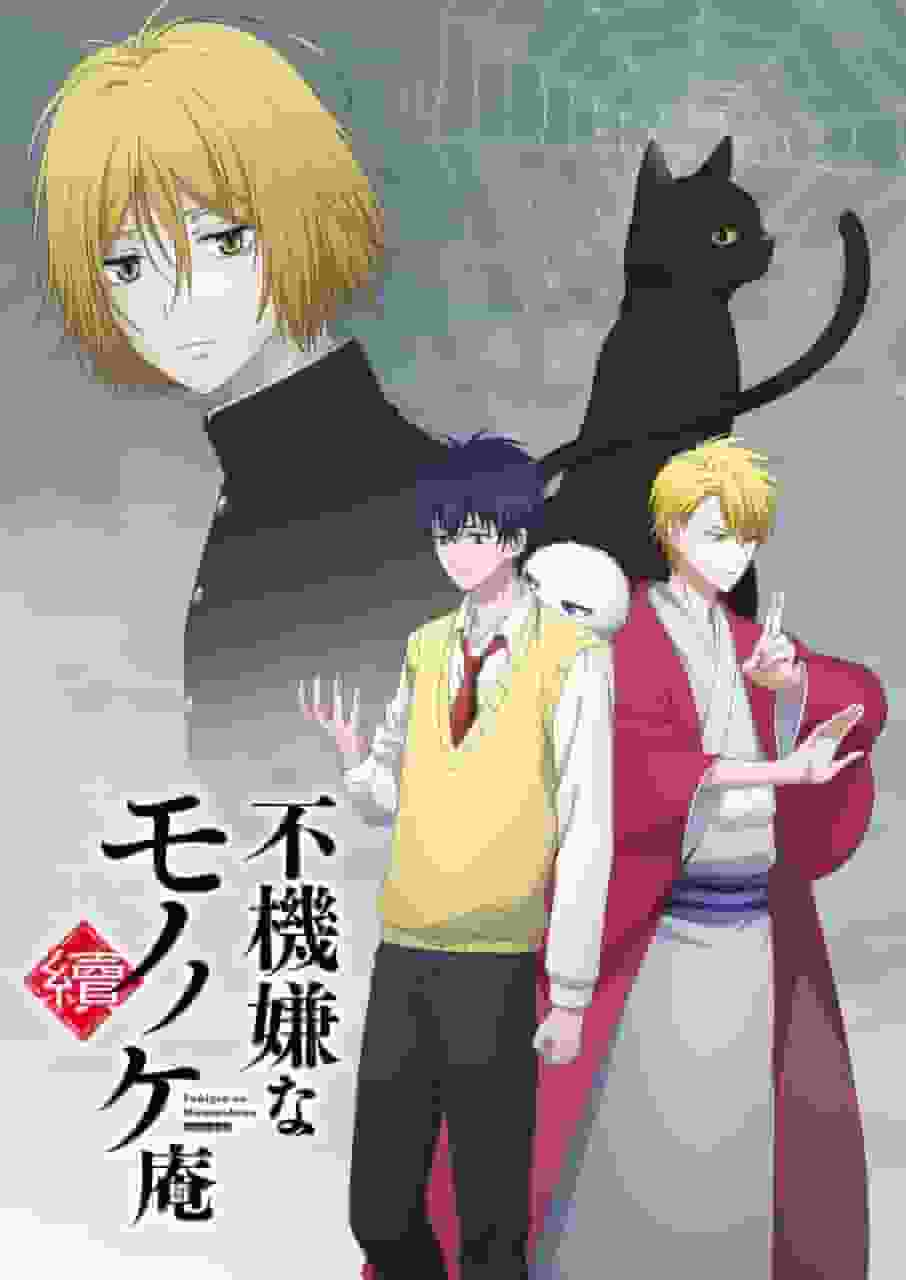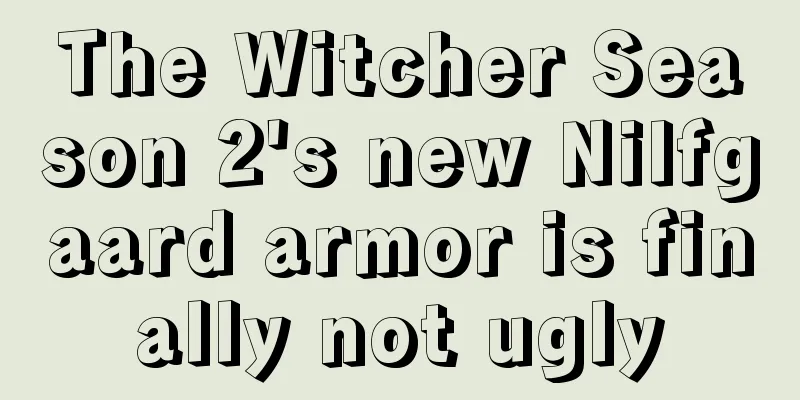Gegege no Kitaro: Reassessing the horror and emotion of the ghost train

"GeGeGe no Kitaro: Kitaro's Ghost Train": A story of travel and growth that transcends time and space"GeGeGe no Kitaro: Kitaro's Ghost Train" is a short animated film released in 1999, based on Shigeru Mizuki's masterpiece "GeGeGe no Kitaro." This film was produced after the end of the fourth series of the TV anime, and attracted attention as the Kitaro series' first 3D CG animation. In just 14 minutes, it depicts a profound theme and a moving story. storyThe story begins when Santaro gets a zero on a test. He mutters, "I wish I could go back to yesterday and do the test again." Ratman appears before him and urges him to write a letter with his wish in it and send it to Kitaro. Santaro follows his advice and sends the letter. He then ends up boarding a ghost train that travels to the past. On the ghost train, Santaro comes face to face with his past self, and seeing the bad things he's done, he is reformed. Through this journey, Santaro is shown reexamining himself and growing. Commentary"Kitaro's Ghost Train" was the first 3D CG animation in the Kitaro series. Considering the historical backdrop of 1999, it can be said to be a work that explored new ways of expression along with the evolution of CG technology. Director Hosoda Mamoru has worked on many films with themes of time and family in his subsequent career, such as "The Girl Who Leapt Through Time" and "Summer Wars," and this short film also gives a glimpse of his talent. Furthermore, the skillful storytelling of screenwriter Shimada Mitsuru allows a deep theme to be depicted in a short period of time. castThe cast of this work includes Yoko Matsuoka as Kitaro, Isamu Tanonaka as Medama Oyaji, Shigeru Chiba as Ratman, and Noriko Hidaka as Santaro. These voice actors also played the same roles in the fourth series of the Kitaro series, and their familiar voices add color to the story. Yoko Matsuoka's voice of Kitaro, in particular, has a consistent presence throughout the series, giving viewers a sense of security. Main StaffThe original work was written by Shigeru Mizuki, whose world of monsters is the basis of this work. Directed by Mamoru Hosoda, he has maximized the potential of CG animation, enhancing the visual appeal. Screenwriter Mitsuru Shimada has skillfully constructed a story depicting the growth of Santaro in a short period of time. Animation and production are handled by Toei Animation, who are taking on new challenges while maintaining the quality of the Kitaro series. Main CharactersKitaro is a boy of ghostly descent. He is usually laid back, but when bad monsters appear, he fights them with his spiritual powers, using his hair bar, spiritual net chanchanko, and remote-controlled geta. His bravery and kindness are at the heart of the story. Medama Oyaji is Kitaro's father and lives with Kitaro in Gegege Forest. He has a wide range of knowledge, from monsters and legends to common sense in human society, and is a living dictionary. His humorous side, as he loves teacup baths, is also attractive. Nezumi-Otoko is Kitaro's self-proclaimed best friend, but he is weak to desires and sometimes betrays his best friend Kitaro for money. His desires often cause trouble and incidents, but his character gives depth to the story. Santaro got a zero on a test, so he wanted to go back to yesterday and do the test again, so he decided to ride the ghost train. His growth is the core of the story. Theme songs and musicThe theme song for this film is "GeGeGe no Kitaro," with lyrics by Shigeru Mizuki, music by Taku Izumi, and arrangement and singing by the Yuugadan. This song is a symbol of the Kitaro series and is familiar to viewers. It was released by Warner Music Japan and is an important element in creating the atmosphere of the series. Ratings and RecommendationsGegege no Kitaro: Kitaro's Ghost Train is a work that depicts a deep theme in a short time. The story of Santaro's growth and self-reflection will resonate with a wide range of viewers, from children to adults. The introduction of CG animation has also increased the visual appeal, suggesting new possibilities for the Kitaro series. Mamoru Hosoda's direction and Mitsuru Shimada's script are a perfect match, creating a moving story. This work is recommended not only for fans of the Kitaro series, but also for those who are experiencing the series for the first time. It is especially a must-see for those who are interested in the themes of time travel and personal growth. It is also a valuable work for those who want to know the history of CG animation. Please enjoy the world of Kitaro and the story of the growth of Santaro through this short animation. Additional InformationGegege no Kitaro: Kitaro's Ghost Train was released on March 19, 1999 and distributed by Toei. It is based on Shigeru Mizuki's Gegege no Kitaro series and produced by Mizuki Productions. The copyright is owned by Mizuki Productions and Toei Animation. This film is special for fans of the Kitaro series as it was made after the fourth series ended. This work is a short animated film released in theaters, and is a one-episode story. In its short 14 minutes, it succeeds in expressing a deep theme, leaving a strong impression on viewers. It is highly regarded for its unique expression and storytelling, even compared to other works in the Kitaro series. Moreover, this work is an important milestone in Mamoru Hosoda's career. It was here that he explored the possibilities of CG animation, establishing the techniques and methods of expression that would lead to his later works. His talent for creating works that deal with themes of time and family, such as "The Girl Who Leapt Through Time" and "Summer Wars," is on full display in this short film. "GeGeGe no Kitaro: Kitaro's Ghost Train" is a work that symbolizes the new challenges and growth of the Kitaro series, and is a story that will move and sympathize with the audience. Please enjoy the world of Kitaro and the story of the growth of the Santaro through this work. |
<<: Gundress review: A fusion of attractive design and story
Recommend
Kuro's Summer: A moving story and its reviews
"The Summer Kuro Was There" - A story o...
"Venom's Revenge" will remake Game of Thrones, with "Little Devil" playing the deformed protagonist
According to a recent report by Deadline, the 198...
Deadpool actor: Deadpool is more likely to appear as a supporting role in the future
Ryan Reynolds, the famous Deadpool actor in Marve...
The light novel "The Legend of the Condor Heroes" has been confirmed to be adapted into a TV animation and will be broadcast this year
Kodansha announced today (February 24) that the l...
Nolan: No computer effects were used for the atomic bomb explosion in Oppenheimer
Last year, after Christopher Nolan announced that...
Jim Carrey, 60, says Sonic the Hedgehog 2 may be his last movie
Comedy star Jim Carrey is considering retiring af...
Ben Stiller invited former US President Obama to star in "The Cut" but was rejected
The second season of the thriller TV series "...
"Devsan's Traffic Officer" review: A perfect balance of laughter and emotion
"Devsan's Traffic Officer": The app...
A large number of photos from the set of "Eternals" were exposed, and the main creators appeared at the beach
A large number of set photos of the next phase of...
The appeal and reviews of "Burning Arthur: The Prince on a White Horse": A passionate action and moving story
Arthur the Prince on a White Horse - A tale of ad...
Movie "Man Jiang Hong": The process of suing netizens has begun
Previously, the movie "Man Jiang Hong" ...
James Gunn Explains Why The Batman Won't Join The DC Universe
DC Studios co-CEO James Gunn recently introduced ...
New trailer for the original animation "Fire Hunter" planned by Mamoru Oshii will be broadcast in January 2023
The new original animation "Fire Lords"...
IGN gave the prequel series "Ted" a score of 6, which did not bring much new ideas.
The prequel to "Ted" is now available o...
Producer says Sonic the Hedgehog movie series is on par with "Avengers"
The filming of the movie "Sonic the Hedgehog...









